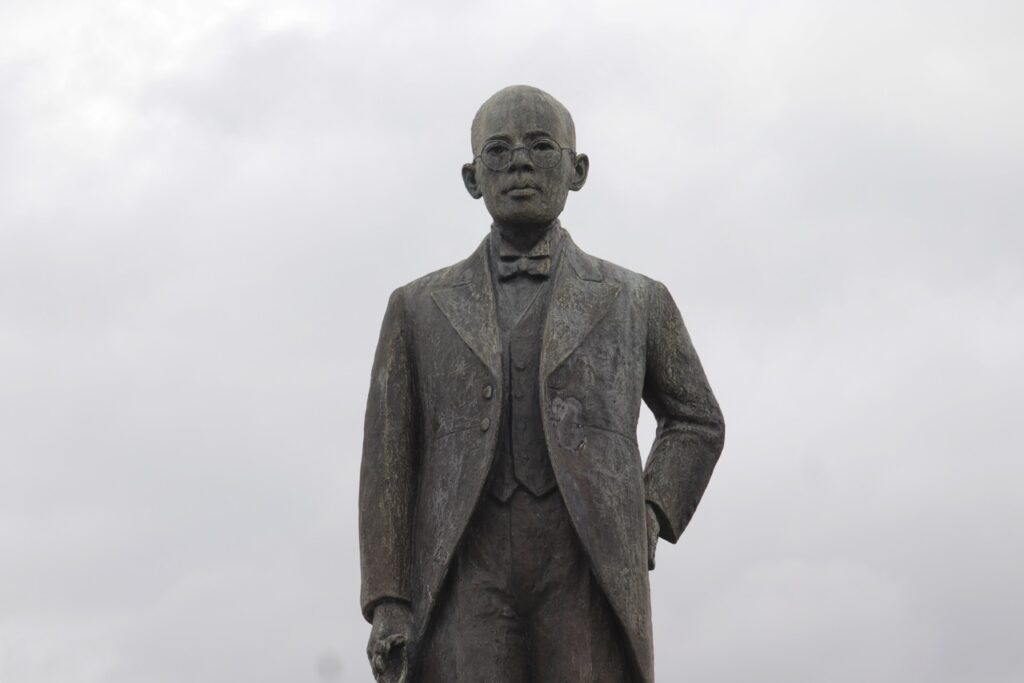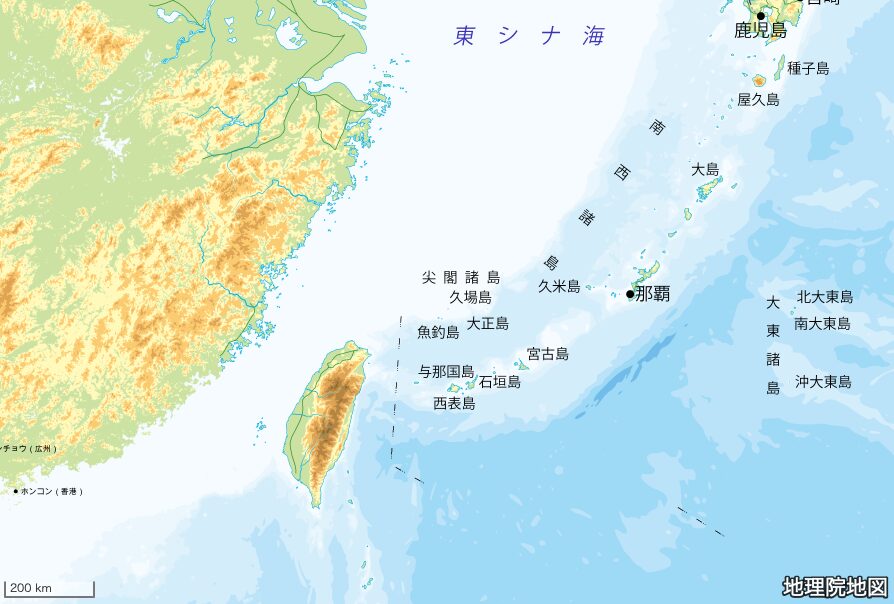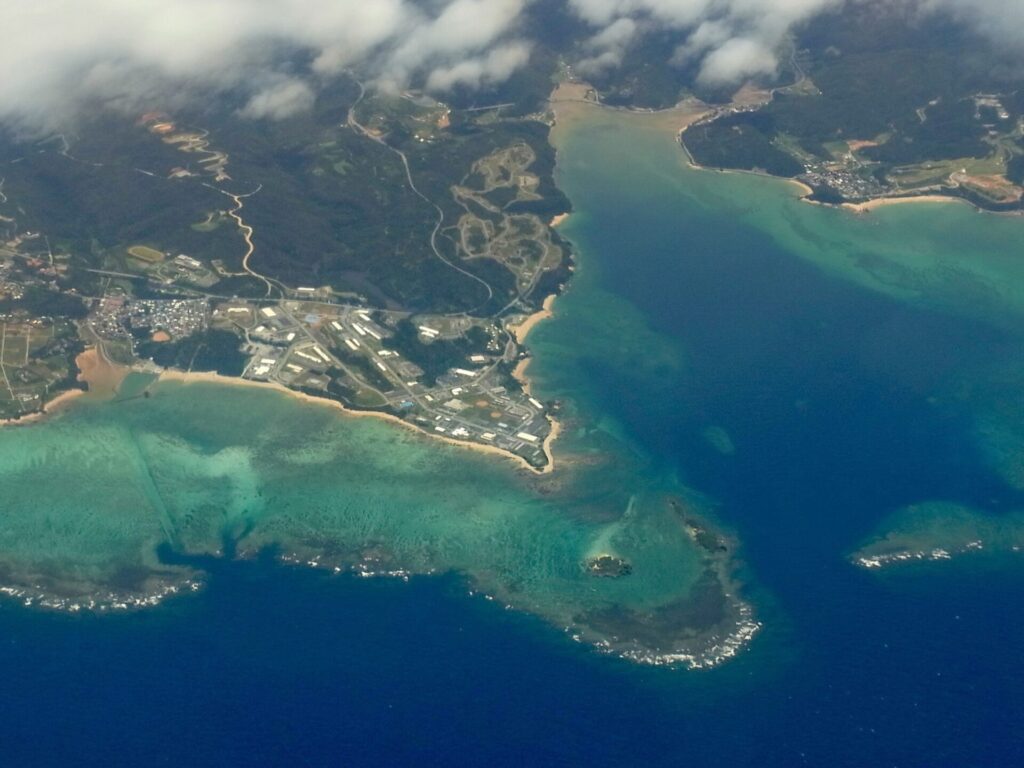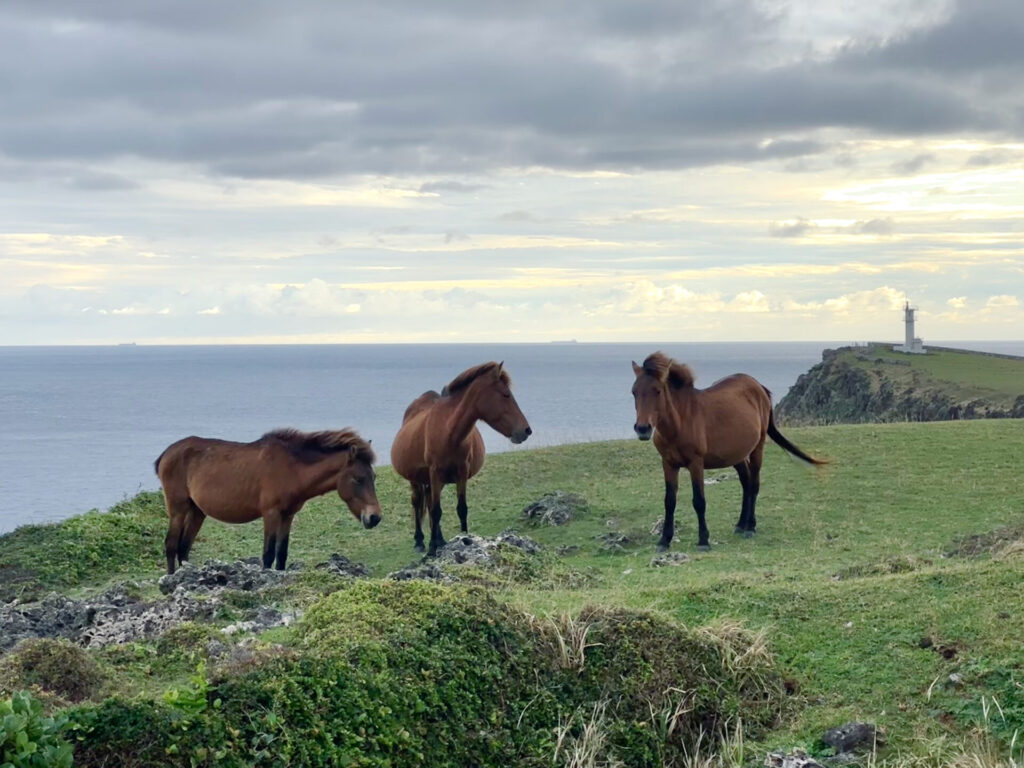ŌTA Masahide

“Is Okinawa part of Japan?” shouted (then) Okinawa Governor Ōta in defiance towards the cameras on the night that Prime Minister Murayama Tomiichi announced his policy on proxy signing regarding the compulsory use of Okinawa lands for U.S. military bases. During the trial held at the Naha Division of the Fukuoka Supreme Court, Ōta criticized the government’s policy regarding the location of the U.S. military bases, which imposed an excessive burden on Okinawa. He demanded, “If the Japan-U.S. Security Treaty is so important, why doesn’t the responsibility to uphold it fall on all Japanese citizens?”
After an Okinawan girl was raped by American soldiers in 1995, Ōta has repeated these claims again and again on different occasions. No other Okinawan governor has ever openly voiced the opinions of the Okinawan people so frankly, and even sometimes emotionally, against the decisions made in mainland Japan. Ōta’s greatest contribution as governor was his appeal to the whole nation regarding the issue of the U.S. military base being established in Okinawa, which has stirred controversy over the Security Treaty.
Even if it did not last very long, Ōta gave the Okinawan people a sense of pride that they had “moved the mountain.” It was a great achievement. Of course, there were other contributing factors that cannot be ignored, such as the end of the Cold War and the end of the 1955 political system in Japan based on a party coalition, including the birth of the Social Democratic Party. However, the conflict over the U.S. military base that surged in 1995 and lasted for three years cannot be discussed without acknowledging the influences of Ōta.
While Ōta was attending Okinawa Normal School, he was drafted into the imperial “Blood-and-Iron Brigade” and fought in the Battle of Okinawa. Under U.S. occupation, even when food was scarce, the surviving soldiers prioritized gathering the bones of their schoolmates. Ōta’s roots can be traced back to his experiences during the Battle of Okinawa, which later led to his pursuit of Okinawan studies. One day, while Ōta was giving a lecture as a researcher, the mother of a fallen soldier from the Blood-and-Iron Brigade asked him, “Why did my son die while you survived?” Ota was at a loss for words.
On the 50th anniversary of the end of World War II, Ōta had a monument built called the Heiwa no Ishiji (Cornerstone of Peace) in Mabuni, Itoman City. The monument is inscribed with over 240,000 names1 of those who died during the Battle of Okinawa, regardless of nationality.
In his writings, Ōta harshly criticized Japan’s discriminatory treatment of Okinawa, such as the separation of Okinawa from Japan under the Peace Treaty and the disproportionate burden put on the Okinawan people caused by the presence of the U.S. military bases. On the other hand, Ōta was also known to severely chastise Okinawans for their lack of independence and obsequiousness.
While Ōta demonstrated his shrewdness as a politician when he successfully used the U.S. military bases issue as leverage for prompting the government to adopt an Okinawan economic development policy, he was also driven to face a difficult decision over the proxy-signing issue.
Torn between his ideals and having to face reality, Ōta suffered through turmoil and conflict. He was a governor who was considered with almost overwhelming admiration while also simultaneously being exposed to heavy pressures, both formal and informal. Ōta passed away on June 12th 2017, at the age of 92.
Editor’s Note:
- As of June 2022.









































































































































































































































